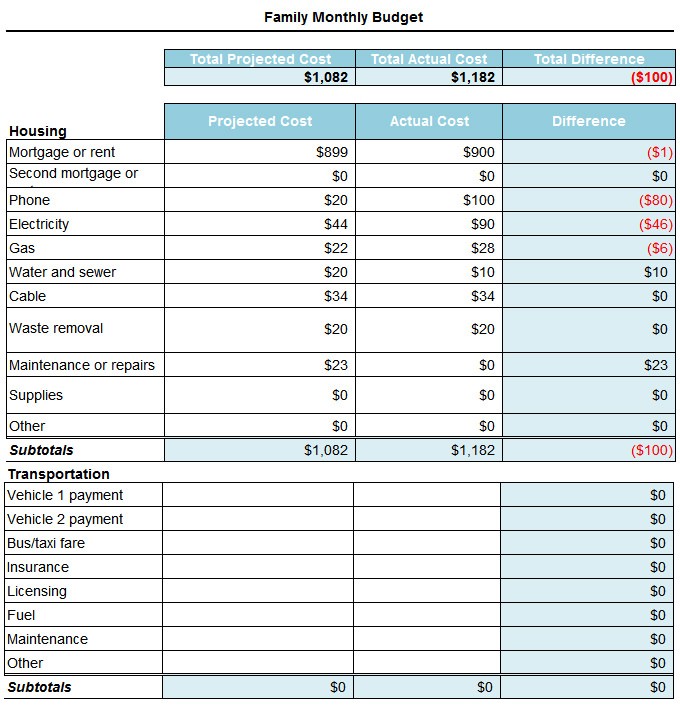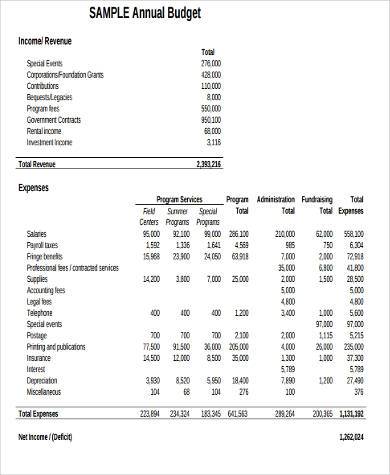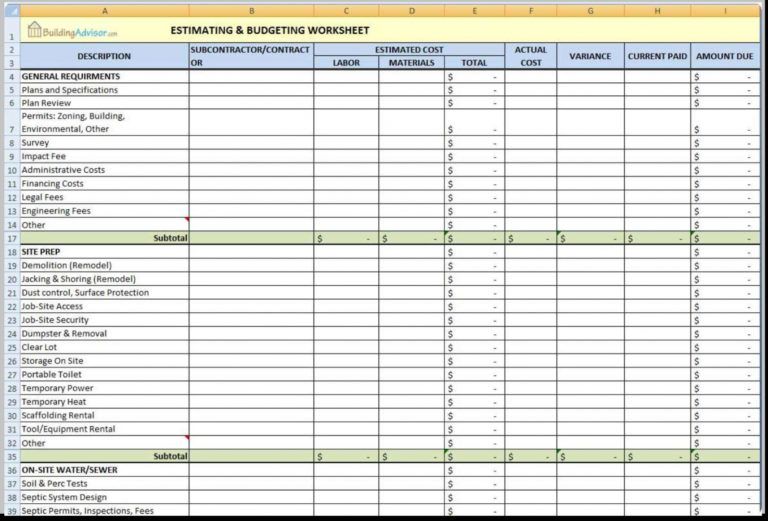
enter the amount of income, savings and expenses into each category of the Budget Planner.take your recent pay stubs, bills, and account statements.Step 1: List your income, savings and expenses Take the following simple steps to make your budget. You also have the option to compare your budget with those of other Canadians like you. It also creates charts that show you where your money is going. It gives you tips and guidelines and helps you figure out your next steps with suggestions. The Budget Planner is a tool that allows you to create a personalized budget and save it online. In order to make a useful budget you need an effective tool that is easy to use. Once you’ve figured out your needs and wants, you’re ready to make your budget. However, a condo or a smaller home may be what you need when your children move out. For example, a large house may be a need while you're raising a family. Your needs and wants may also change over time.



However, if you don't have access to public transit and can't move around otherwise, you may need a car. For example, if you live near a bus route, a car may be a want rather than a need. One person's “want” may be another person's “need”. Needs and wants aren't the same for everyone. For example, meals at a restaurant, a trip, a gym membership, or designer shoes. For example, a roof over your head, clothing, food, or medication.Ī "want" is something that you'd like, but don't necessarily need. Knowing the difference between your needs and your wants is key to making a smart budget.Ī "need" is something that is necessary, required or essential. Small changes to spending habits can have a major impact on your budget and your ability to save. try dividing your expenses into 2 categories: “needs” and “wants”.keep track of bills you pay during this period, for example your telephone or internet bill.keep track of everything you buy, from groceries to a daily cup of coffee.To keep track of where your money is going, take note of what you spend. Every dollar you spend affects your overall budget.įor example, if you spend $3 a day on coffee, it will cost you more than $1,000 a year. Tracking your money will help you figure out what comes in and what goes out of your pocket. Having an emergency fund will help you reduce financial stress and avoid getting trapped in a debt cycle. That is why you should start by saving a small amount on a regular basis. These amounts can sometimes seem out of reach. Your emergency fund should provide you with enough money to cover your living expenses for 3 to 6 months. To deal with unexpected situations, create an emergency fund. saving to have children, to go to school or to retire.Make saving for those goals part of your budget. Identify your short-term and long-term goals. Take these simple steps before you make your budget. What to consider before you make a budget have more money for things that are important to you.



 0 kommentar(er)
0 kommentar(er)
